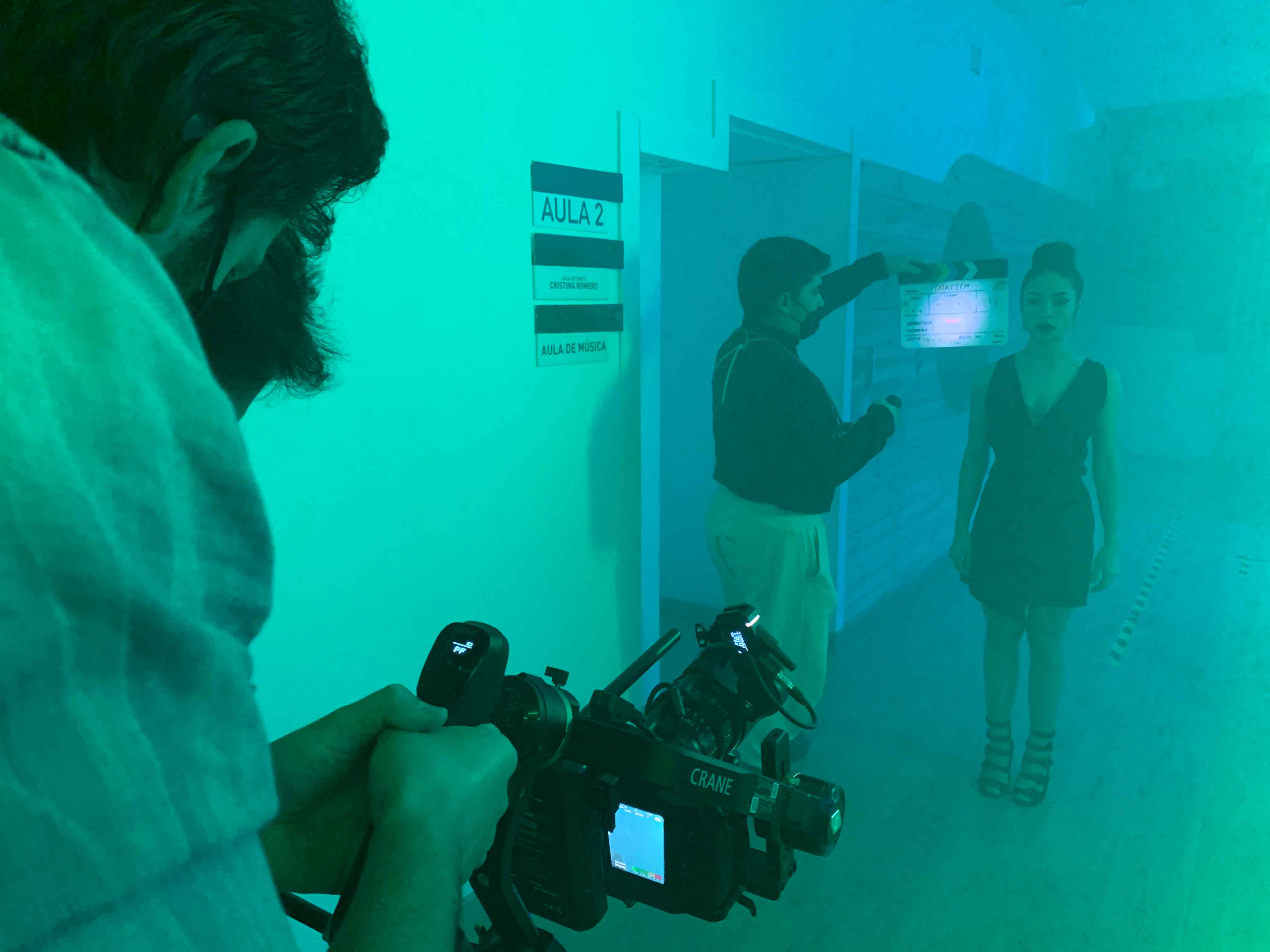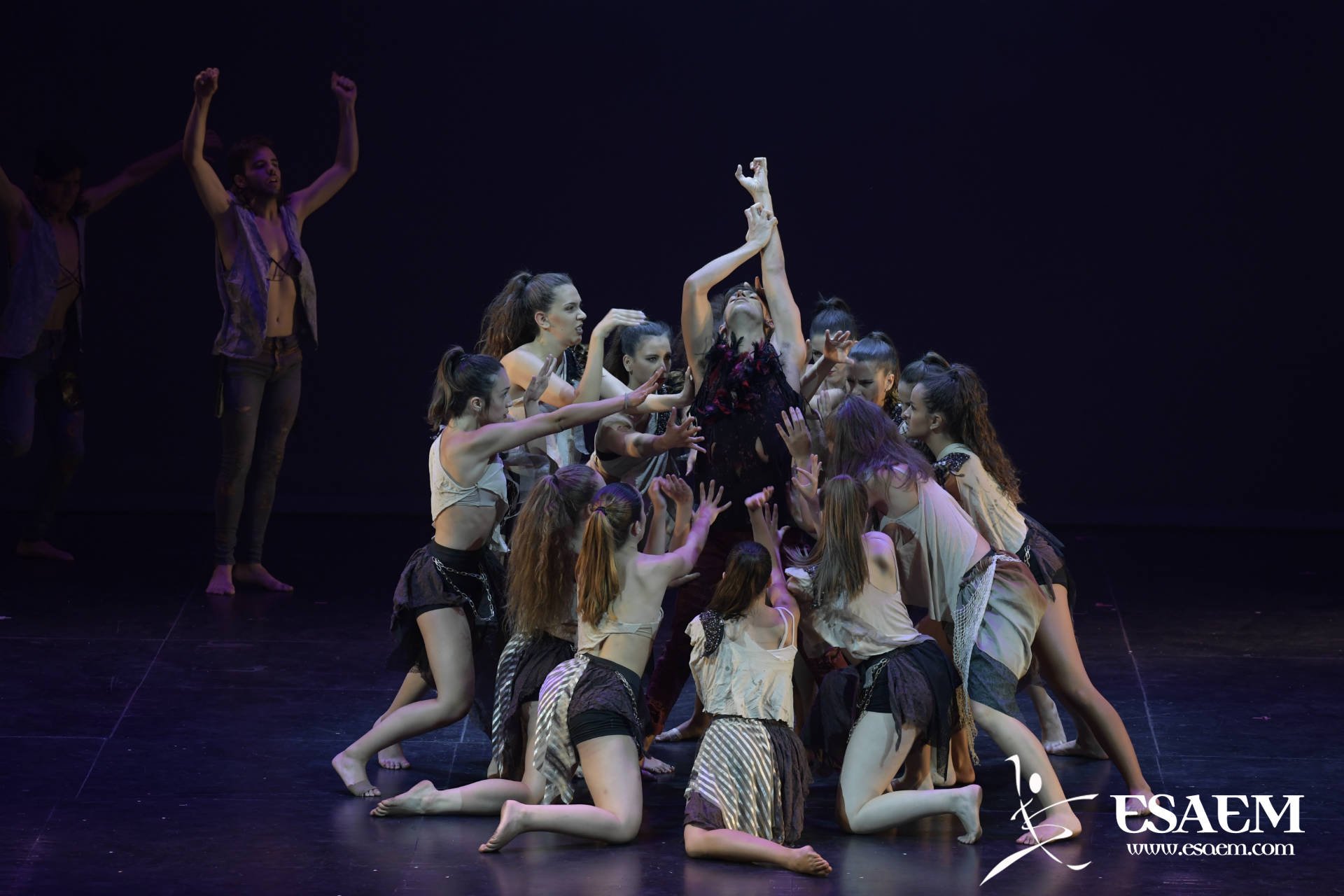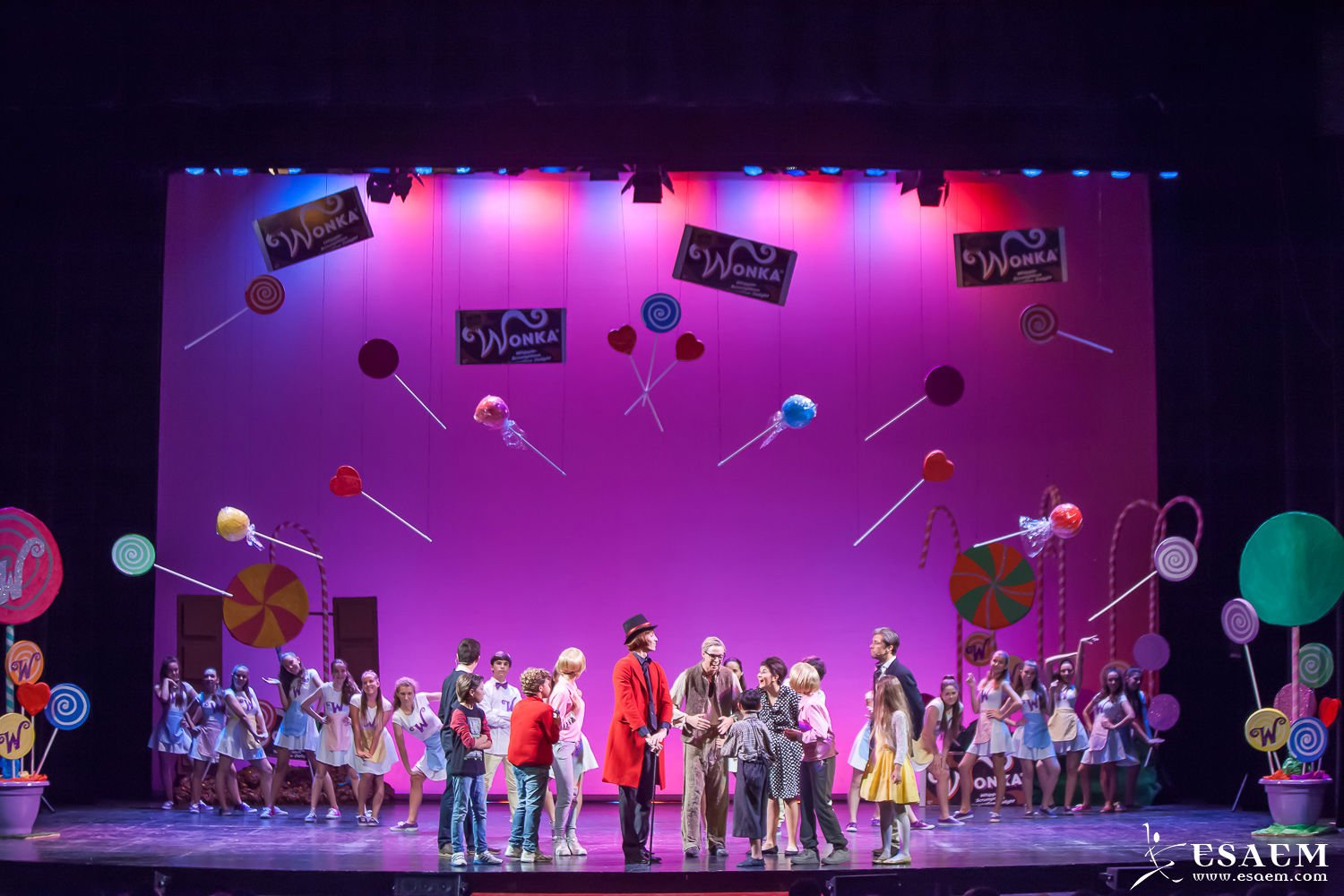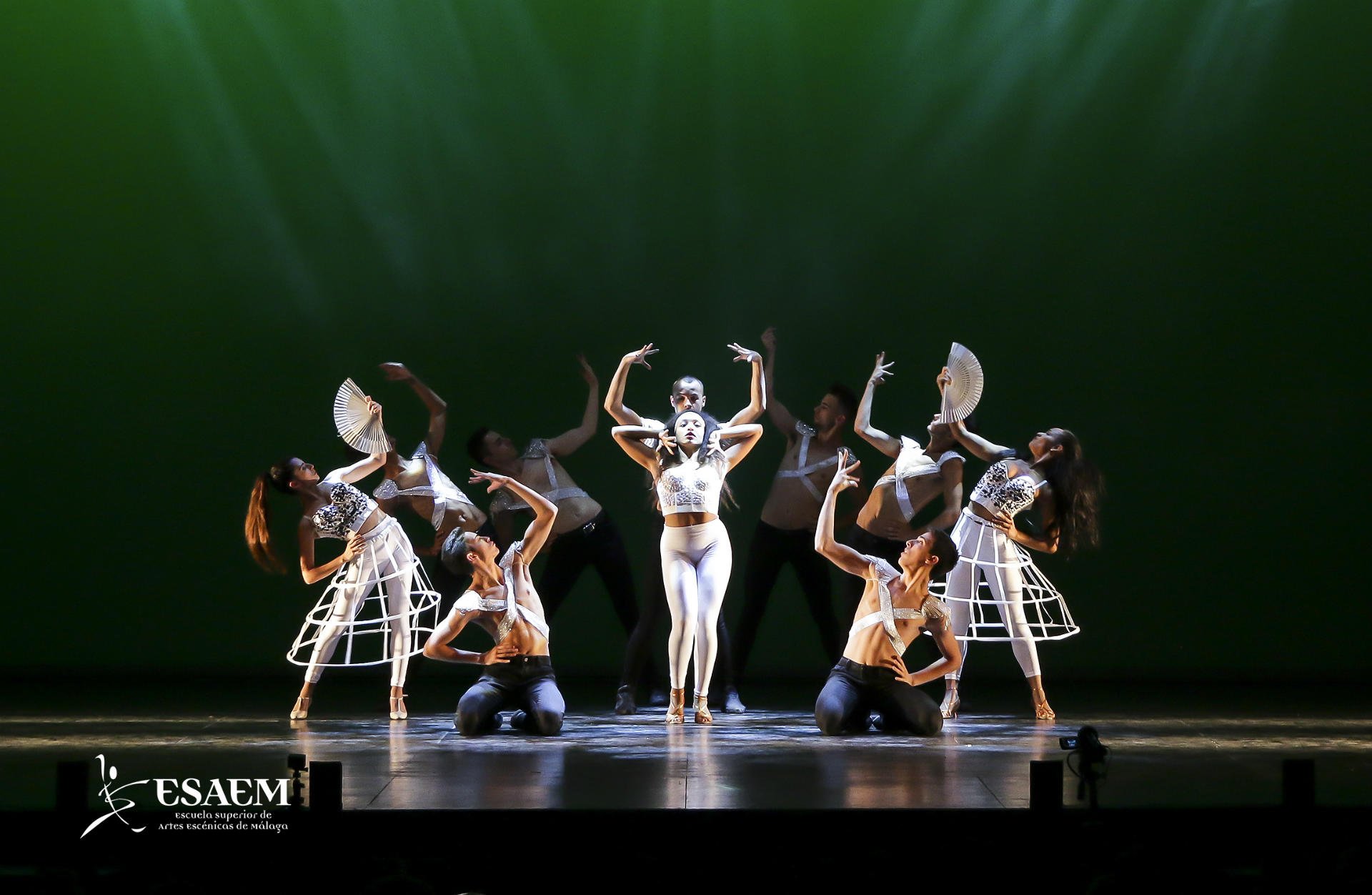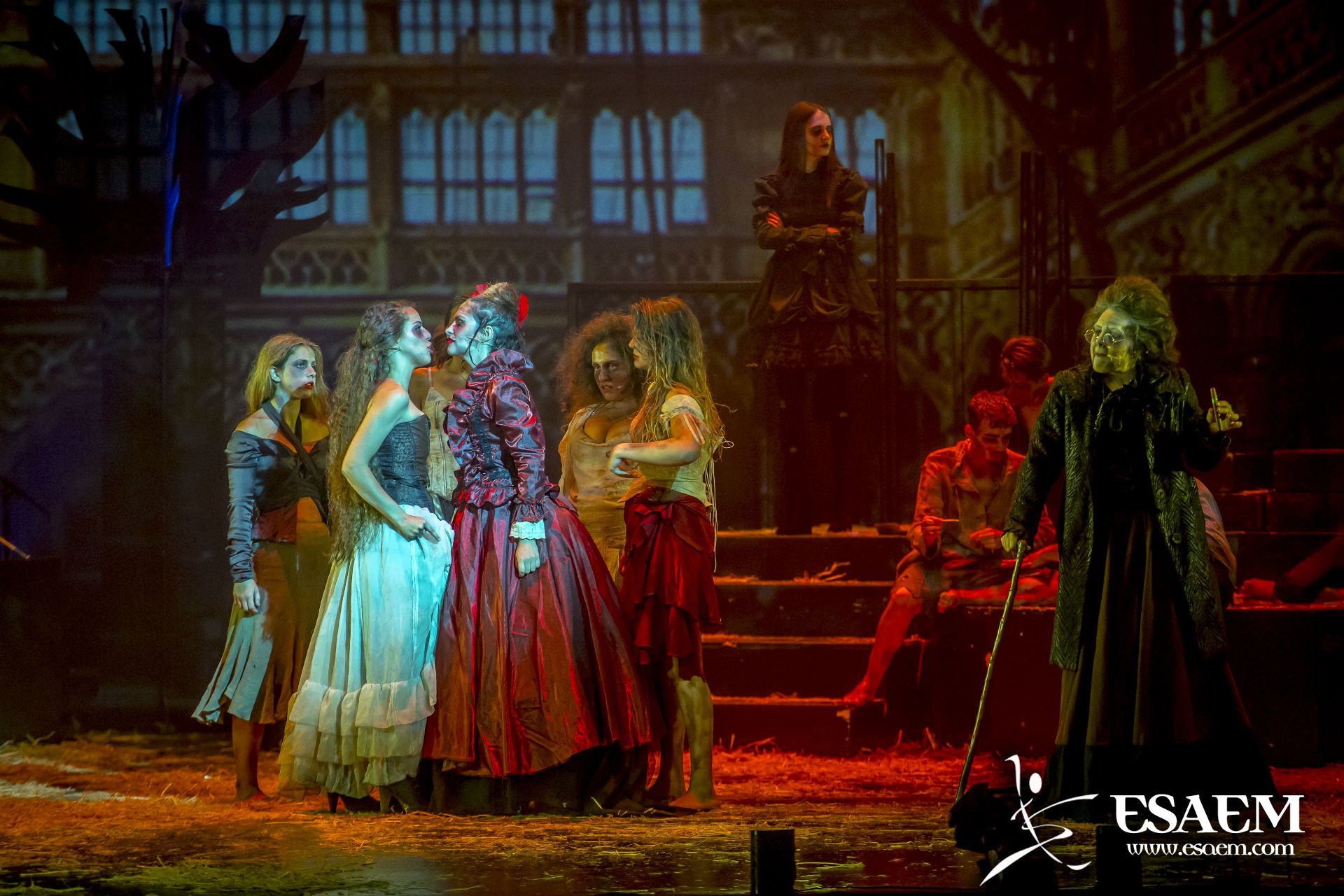What is a theatre script?
The theatre script is the format that structures and develops the story of a play with essential artistic and technical details to be performed. The theatre script is composed of the text, elements and actions that make up the play. It contains dialogues and monologues, technical and artistic details necessary for the development of the performance. These guidelines are detailed to the performers, directors and technical team. They include actions, costumes, guidelines for lighting and props. Regardless of the length of the play, the theatre script must be elaborated. That is to say, even if in the case of short plays, they must have a properly elaborated script to be performed.
How to write a theatre script?
To write a theatre script it is important to follow the most basic steps so that you can create a story that makes sense, has rhythm, can be easily understood by the spectators and can engage them. To do so, you must elaborate and work on each part adequately. If you want to know how to write a theatre script, keep on reading and we will tell you all the secrets of a good theatre script.
These are the stages you have to go through to write a good theatre script:
- Structure approach. With introduction, development (or climax) and denouement (or ending). The story must be developed following this scheme, which will provide narrative coherence.
- Portrayal of the characters.
- Conception of the scenes that will compose each act of the play and design of the action that will take place in each of them.
- Dialogue writing.
- Review to give unity to the story and check that there are no temporal, spatial or narrative jumps that confuse the viewer.
By following these basic steps in writing a theatre script, you will be well on your way. It is obvious that the more interesting the story it tells, the more commercially successful the work will be. Also keep in mind that plays, unlike other literary genres, were conceived to be performed. Although there are classical playwrights such as Valle-Inclán who created plays that could hardly have been premiered due to the multitude of characters and locations, do not lose sight of the fact that this genre was conceived to be performed. Adapt all the elements of your story to a staging.
Steps to write a theatre script
As we have already mentioned, in order to properly write a theatre script, several stages must be followed so that the story and the characters have coherence, the spectator understands the plot and can be engaged by the story. These steps are detailed below.

Photography: Students of the ESAEM Degree in Dramatic and Performing Arts.
Planning the story
Conceiving the story and being clear about all the essential elements to develop is an important step. It is normal to make modifications throughout the process, so don’t worry if you have to make several changes.
This process of planning the story can include the process of portraying the characters. Once you have made up the story, you can move on to the design of the characters, their psychology, aspirations, fears, emotions, goals, trajectory in the work and in the action that has supposedly taken place previously It is advisable to start with the main actors and continue with the supporting ones, cast and extras.
Write the plot of the theatre script.
At this point in the process, the most important thing is to establish the stages to write a plot that develops properly, can be easily understood, has rhythm and holds the attention of the audience. These stages would be the following ones.
- Introduction. The work may be introduced through a narrator or not. This figure may be on stage or be simply a voice-over. But even so, it is not essential because the play can be introduced through the same action or even through 2 or more characters having a conversation.
- Development. To create the development of the action in a coherent and orthodox way, you must divide it into acts. Each act will be composed of the different scenes. Each of them will also have an internal structure based on beginning, development and ending, although it can be open so as not to reveal the conclusion or outcome of the work.
- Climax. The Climax is the moment of the work with the greatest intensity or power. You have to endow this moment with the greatest emotional burden or intrigue, depending on the theatre genre of the play you are writing.
- Denoument. In this stage, the end of the work is written. Both the main plot as well as the secondary ones. The conclusion, which can be expressed as a moral, may be preceded by a reflection on the whole content of the work.

Photography: Students of the ESAEM Degree in Dramatic and Performing Arts.
Writing a rundown
When we talk about a rundown, we must be careful not to confuse it with the ones used in television programs. In these programs, they become a structured scheme that organizes the sections, the vtrs, the news pieces, the presenters’ steps (i.e., their presentations) and the advertising blocks.
In a work of fiction, the rundown is a table of contents that reflects the action of the story together. Each scene is specified. The rundown is the outline of the script. It is used to elaborate the structure of the story and to develop more consciously the dramatic evolution. In each scene, the location where the moment of day takes place (so that the illuminators can recreate it) is specified in the heading. The following stage is a brief description of the action that takes place in each scene.
How to write the rundown
To write a rundown properly, follow the steps below.
- Gather the information you have found. It is time to sort it out, analyze it and reflect on it. Answer questions about who the characters are, make a list of all the scenes in the script and be sure that this will be the most basic document from which you will start to elaborate the structure of your play.
- Elaborate schematically the steps of the action. It is about writing the outline of the steps of the whole story you are going to tell in the play.
- Review and analyze the resulting document and arrange its contents as many times as necessary until it looks as good as possible. Pay particular attention to maintaining the rhythm and that the dramatic evolution is adequate and progressive.
- Turn the steps into scenes. Do not forget that the same scene can contain several steps.
- Review the rundown again. Before closing it, do not forget to check the characters, that there are no time jumps, the evolution of the main and secondary plots, the locations and the twists and turns of the story. The fact of checking that everything is in order and has an overall coherence will make your work be correct and at the same time more attractive.
Writing dialogues
Writing and developing dialogue properly is fundamental in any play. They must be totally adapted to each character, to their psychology, to their social environment, to their education, to their way of expressing themselves according to their context and their past. That is to say, a contemporary character cannot speak the same way as one whose dramatic action takes place in the 10th century, nor can a university role character speak the same way as one that in the story it is clear that they have not studied. At the same time, the characters must talk naturally. Reading the text aloud usually helps to test the registers of each character.
Pay attention to the lenght
Although there are authors such as Valle-Inclán who have written plays that are very complicated to perform due to the number of actors, actresses and sets required, the theatre text is conceived to be performed. It is therefore advisable to adjust it to the real possibilities of staging a play, or touring with that theatrical production. The more characters and sets, the more expensive touring and performing will be. It is also necessary to be very attentive to the duration of each scene so that the audience’s attention does not wane and the actors and actresses can perform it without ending up exhausted. It is not advisable to write scenes or plays with a length beyond the established parameters. To get to know them as authors, your job is also to research both classic and contemporary writers and their theatrical works to meet the most commercial length, the most manageable one for a company, etc. The rhythm of the work is also one of the characteristics that you must pay attention to throughout the elaboration of the text.
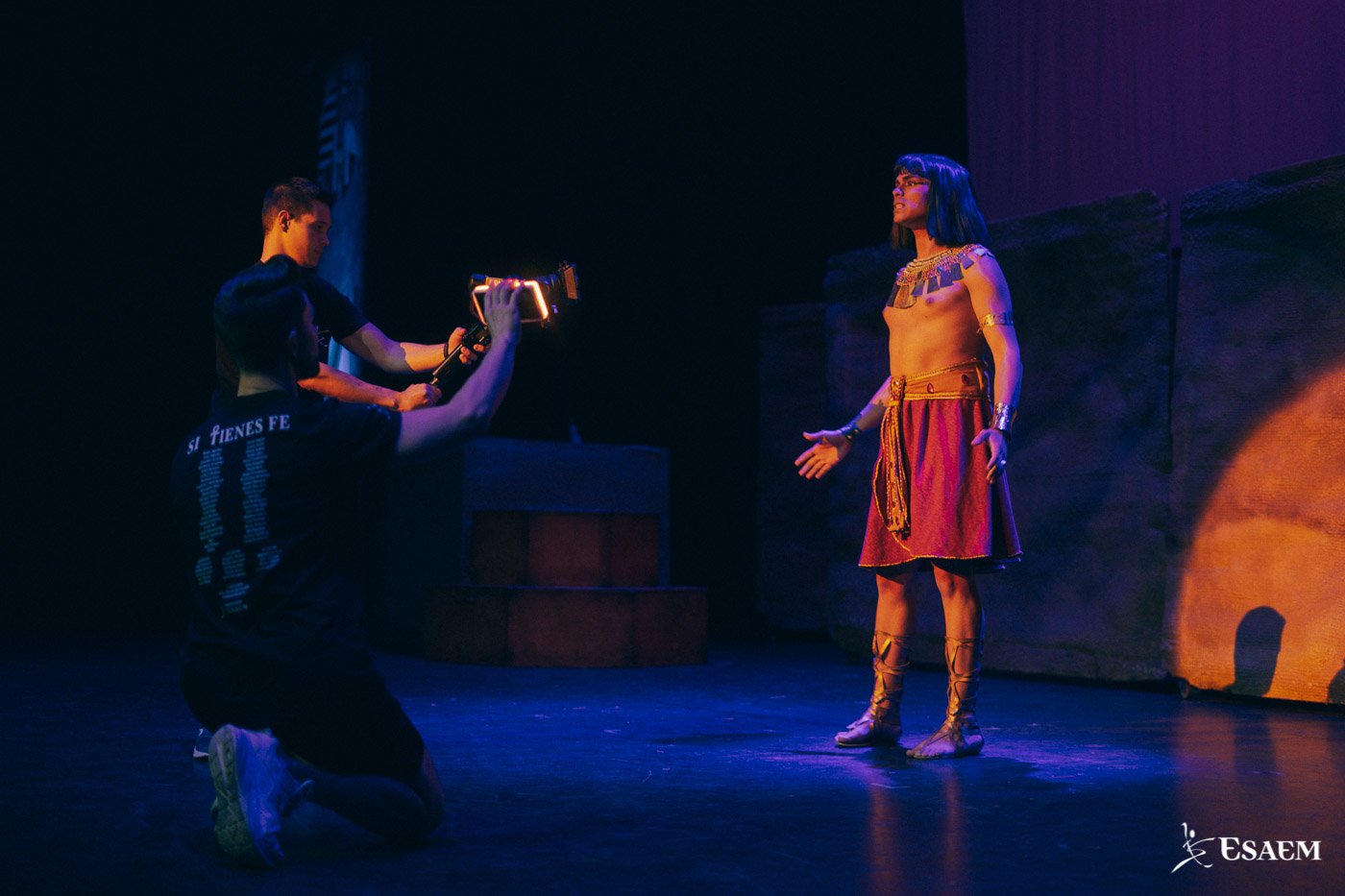
Photography: Students of the ESAEM Degree in Dramatic and Performing Arts.
The consequences of the event
To arouse the spectator’s interest in the story told along the play instead of narrating the event, it is recommended to develop the consequences of the event that the author conceives as the axis of the action. This event must take place before the time in which the play begins or very early in the play. We could give many examples of Spanish literature, but also of international one. The musical “A Chorus Line”, without going any further, develops throughout the whole play the consequences of the casting that the spectator knows at the beginning.
Theatrical twists
When there is a change in the development of the action of a plot that goes from one direction to another, a theatrical twist is provoked.. It could be located in the middle of the play o near the closing.. It is not advisable for the author to place it too early, since the closing of the play will be far from this dramatic turning point. It is also not advisable for it to take place too late, since if it is near the end it would seem somewhat abrupt.


